In This Month’s Newsletter
New Bargains and Busts
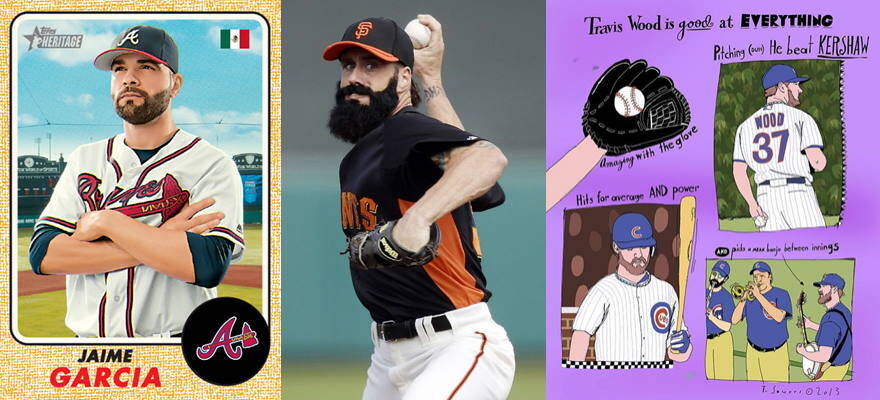
Salaries for players in the Classic (career-rated) player pool are adjusted three times annually. The most recent adjustment was made on the last weekend in July.
This was the first salary adjustment to apply to the players most recently added to the Classic player pool (in January 2021), and several pitchers from that group received hefty salary increases, including:
- Lefty SP Jaime Garcia, who got a $2,152,000 raise, from $3,605,000 to $5,757,000;
- Lefty SP Travis Wood, who got a $2,154,000 raise, from $3,642,000 to $5,796,000; and
- Righty CL Brian Wilson, who got a $2,028,000 raise, from $2,090,000 to $4,118,000.
These three pitchers shared the distinction of being used more than any other players in leagues included in re-computing salaries, with each appearing over 100 times.
Babe Ruth remains the highest-salaried player in the Classic player pool at $30,794,000. Mickey Mantle was awarded the largest salary increase by dollar value ($2,290,000) to jump up to $28,872,000, second highest on the list. Barry Bonds undoubtedly will prove popular in the months to come, as he took the biggest cut in salary ($3,020,000), dropping to $24,107,000.
Masters Tournament at Halfway Point
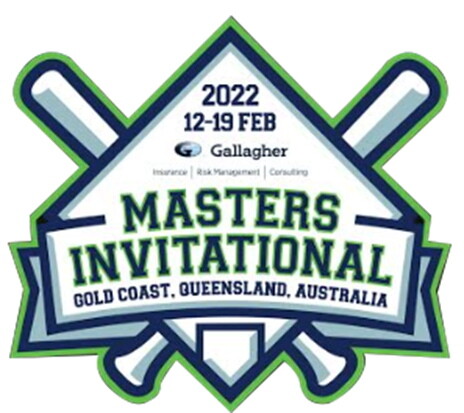
The 12th Annual Master Tournament has passed the halfway mark. Bob Jecmen, tournament director and five-time Masters champion, reports on where things stand in this most challenging of all DMO tournaments:
The 2021 Masters Tournament is the 12th running of a year-long four round cumulative scoring tournament. This year we have 60 participants all competing in a range of custom SSG and classic themes designed to test their creative and adaptive skills. The 2nd round of this year’s MT consisted of two seasons – one classic and one SSG – where the player pool was restricted to extreme opposite eras for pitchers and hitters.
The Round 2B season is complete and utilized the SSG theme with hitters limited to the Pitchers Era seasons of 1963-1968 and the pitchers limited to the high-scoring 2018-20 seasons. With 60 participants we had five Round 2B leagues. The scoring for the two round 2 seasons was half the normal 1 point per regular season win, 2 points for non-WS playoff wins and 3 points for WS wins, such that the sum of the two round 2 seasons is equally weighted with the other three rounds of the 2021 MT.
Tom Waldman retained his tournament lead with an outstanding World Series championship in his 2B.1 league. His 102/2=51 point round 2B score gives him a total of 215 points at this halfway mark of the 2021 MT.
Steve Storkamp has closed the gap to Tom and sits in 2nd place overall, only 5.5 points back with 209.5 points. Steve scored 111/2=55.5 points in the 2B round with his 2B.4 league championship.
In 3rd place overall is Bill Stokes with 200.5 total points, 14.5 behind the leader. Bill lost ground in the 2B round by failing to make the playoffs for the first time in this MT. George Kreiner also lost ground in this 2B round, but still is hanging on to 4th place with 194 total points.
Rounding out the top 5 is Brian Mueller with 192.5 points. Brian had a strong 99-win team, but lost out in six games in the first round of the playoffs. The other round 2B WS champions include Steve Archer in the 2B.1 league, Leroy Walden in 2B.2, Bill Nichols in 2B.3, and Neil Weissman in 2B.5. Neil gets the title of the top scorer in the 2B round with his WS championship on top of his 93-win regular season for 113/2= 56.5 round 2B points.
Round 3 will be another SSG theme where the eligible player pool max salary will increase by $1M every week from $1M in week 1 to $8M in week 8 with unlimited salary restrictions for the final week 9. This will be a wild upgrade environment with massive roster turnover from week to week as more expensive players become eligible. With the extensive upgrade opportunities throughout the season, participants may be able to recover from weak starts and counter match up moves by their league opponents.
No-No News
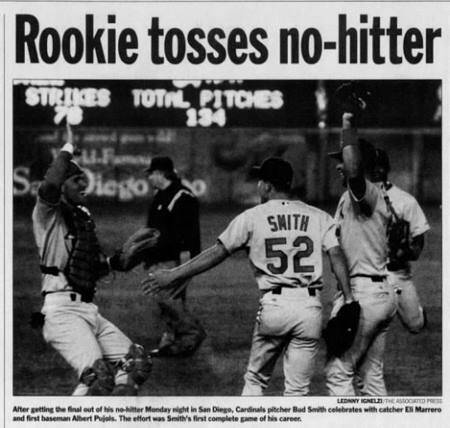 With so many games simulated each day, no hitters are not that uncommon on Diamond Mind Online. There were, however, a couple recently, as well as a no-hitter themed league, that caught our attention.
With so many games simulated each day, no hitters are not that uncommon on Diamond Mind Online. There were, however, a couple recently, as well as a no-hitter themed league, that caught our attention.
In the GOT XV rd 1 Ron Perranoski league, Johnny Schmitz threw a no-hitter for William (HoosierTex) Wells’s Evansville Wood Ducks in the clinching game of the World Series.
And in the Jimmy Buffett MicroBrew league, team captain Pat Rapp did the trick for league founder Greg (GMLBFan) Scholz’s Hot Dogg Rappers.
In the Rookie No Hitters League, each team’s captain was a pitcher who threw a no hitter in his rookie season. Each team was limited to players on the rosters of the two teams from the no hitter game and teams played in the park in which the no hitter was thrown. For those curious, here is a list of all rookie no hitters since 1920:
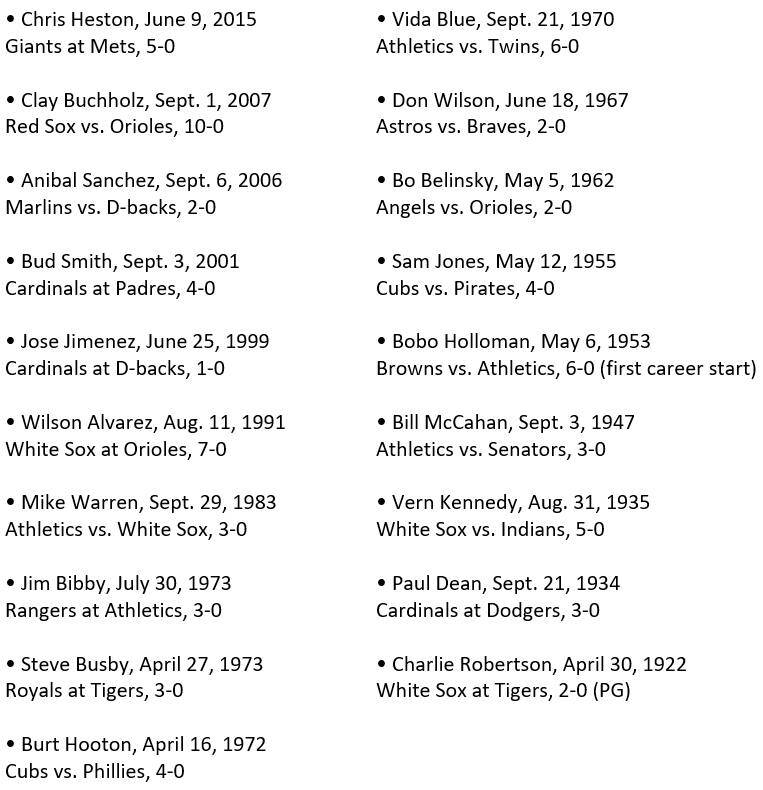
Featured Team Owner
 If you visit the Advice message board, you’ve undoubtedly noticed that one of the most prolific contributors in recent months has been Tyler Ensor. A relative newcomer, Tyler first registered with Diamond Mind Online in May. At the time of writing, however, he already has eight active teams and an impressive 381-303 .557 record overall.
If you visit the Advice message board, you’ve undoubtedly noticed that one of the most prolific contributors in recent months has been Tyler Ensor. A relative newcomer, Tyler first registered with Diamond Mind Online in May. At the time of writing, however, he already has eight active teams and an impressive 381-303 .557 record overall.
We contacted Tyler and asked him to tell us something about himself. Here is what he had to say:
The Tipping Point
Each month we’ll offer a few tips in this space that may come in handy for the beginner as well as the experienced team owner.
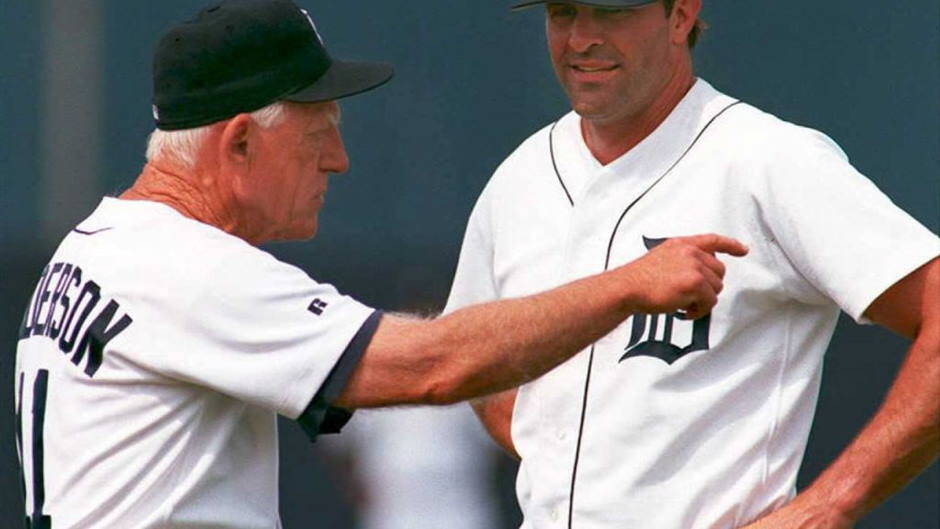 Undoubtedly one of the most complex and fundamental tasks faced by DMO owners is determining player value. Different team owners have different methodologies that they use, and they can reach very different conclusions regarding which players, at any given time, are the best and worst values.
Undoubtedly one of the most complex and fundamental tasks faced by DMO owners is determining player value. Different team owners have different methodologies that they use, and they can reach very different conclusions regarding which players, at any given time, are the best and worst values.
A recent discussion of this topic begun by Tyler Ensor on the Advice message board is an excellent, if, at times, quite technical, exploration of this task.
In general, most player valuation methodologies take runs created as a hitter, or runs prevented as a pitcher, then modify those figures to take into account other performance and value-related characteristics – fielding, injury propensity, base running, pitcher endurance, etc. – resulting in a single number. That number can then be used to compare two players with similar salaries to determine which is the better value.
It is more problematic, however, if you try to use that number to assign a dollar value to every player, because then you must make assumptions about that conversion. You can’t simply assign a dollar value to a run created or prevented and multiply that value-per-run by the figures you’ve calculated for each player; you also need to value players on a curve: the more expensive a player is, the more you should expect to pay incrementally for each run created or prevented. Cheaper players on a run-for-dollar basis may seem better values, but you’re unlikely to be successful with a team full of cheaper players.
When we add players to the player pool, we have a methodology that factors in relevant characteristics and utilizes a salary curve. But ultimately the dollar amounts plugged into that model are based as much on experience as hard statistical analysis.
Context is another important consideration that may override a player evaluation system that looks at each player on a “stand alone” basis. For example, in a higher cap league, a player’s usage, and therefore value, may not be maximized, because they are batting lower in the order, or getting fewer innings pitched, than they would otherwise. In a league where teams have a limited player pool available, a lesser value player at a position lacking in depth, may be more valuable for that reason than otherwise.


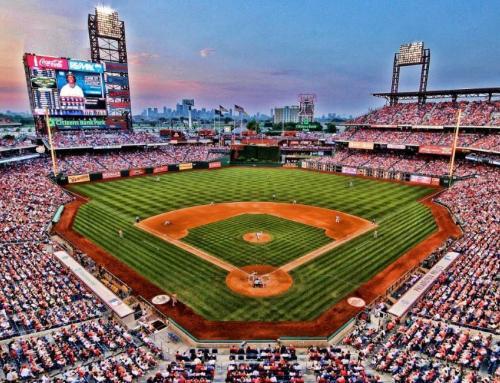
Leave A Comment